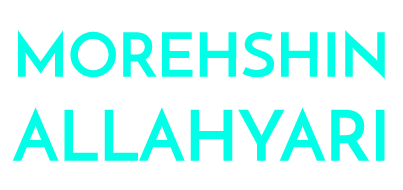WOMXN, LIFE, FREEDOM, Pt. III: Transnational Feminism: Womxn, Life, Freedom is a Daily Practice
Transnational Feminism: Womxn, Life, Freedom is a Daily Practice
Featuring Aytak Akbari-Dibavar, Shokoofeh Dezfuli, Katayoun Keshavarzi, and Morehshin Allahyari, with Persis M. Karim
Thursday, June 1, 2023
1 p.m. Eastern / 10 a.m. Pacific
WOMXN, LIFE, FREEDOM is an online event series for co-learning, co-growing, solidarity, and kinship with our Iranian siblings. We come together as artists, thinkers, and organizers,mainly in the diaspora, to share, amplify, and weave together a refusal of long-lasting cultural and political gender/sexual oppression in Iran. The ongoing “Woman, Life, Freedom” or Jina revolution was sparked by the killing of 22-year-old Kurdish Jina (Mahsa) Amini in the hands of the regime’s police on September 16, 2022. Ever since, Iran has experienced a nationwide uprising, primarily led by women and marginalized ethnic groups demanding an end to the current Islamic regime and the establishment of a society free of oppression, discrimination, and dictatorship. As our days unfold between hope in the power of the Iranian people’s resistance, and despair from unthinkable violence by the government of the Islamic Republic of Iran, how might we continue to participate and show solidarity, using “Woman, Life, Freedom is a daily practice” as our mantra? The series explores this question by providing a platform for growth and support through practice-based conversations.
In Pt. III of the series, we will look at centering feminism in the fight against patriarchy and dictatorship, examining feminist struggles as struggles against all modes of oppression including ethnicity, class, and religion Through dialogue, we’ll explore solidarity for Iran beyond words, and what a truly transnational feminism looks like.
Aytak Dibavar (she/they) is an Iranian activist, artist, and professor of Gender and Social Justice at McMaster University, Canada. Aytak’s work/research are entangled with feminist, queer, decolonial, and anti-racist knowledge production as well as creative/art-based teaching practices. She researches and writes about race, gender, memory, political trauma and silence. Aytak has a great passion for people and their lived experiences. She is interested in life-narratives; how individuals navigate and interpret their own stories, including whether and how they choose to share them with others or remain silent. As an artist, Aytak not only finds solace and self-expression through painting and poetry but also incorporates these art forms into their daily life and pedagogical practices.
Shokoofeh Dezfuli is an Iranian artist and writer based in Pennsylvania. Her work centers around transnational feminism, community care, and the pursuit of ecological and social justice. Shokoofeh aims to shed light on the intricate power dynamics present in social structures, with the goal of sparking conversations and inspiring transformative action. By exploring feminist ethics of care, she hopes to challenge existing paradigms and imagine new ways to collectively combat systems of oppression.
Katayoun Keshavarzi was born in Iran in 1980, and moved to Sweden in 2009. Since then, Keshavarzi has started a publishing company and worked as an interpreter, translator and teacher, among other things. Through the years, Keshavarzi has been politically active as an intersectional feminist, especially on social media, analyzing and discussing issues related to politics, gender, inequalities, human rights, etc. In 2019, Keshavarzi started studying applied sociological research at Stockholm University and received a Bachelor’s degree in 2022. In Fall 2023, Keshavarzi will begin the second and last year of a masters program in the same field.








































































